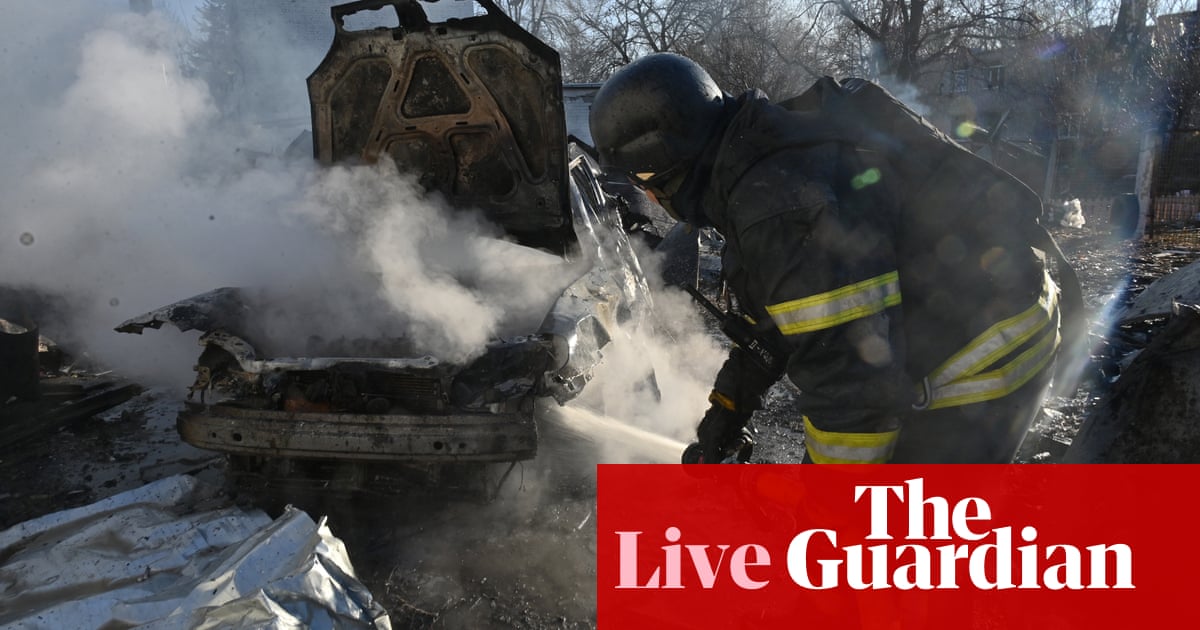ImageJonida Zyberi, My City/EEA
Cities are key to a climate-resilient Europe, stronger adaptation targets can boost progress

Most Europeans live in urban areas and cities play a key role in protecting citizens and improving the resilience of European societies against the increasing impacts of climate change. The European Environment Agency’s report, published today, takes stock of urban adaptation in Europe, showcasing what actions cities are taking in response to increasing climate risks, and what is already working.
The EEA report ‘Urban adaptation in Europe’ highlights the urgent need to adapt European cities to climate change and provides an overview of actions they are taking. The report provides a rich source of information to support climate adaptation policies across Europe, from EU to municipal level.
As European cities increasingly feel the impacts of climate change, such as heatwaves and floods, there is a clear case for investing in urban societal resilience, the EEA report states. Cities have an essential role in the implementation of adaptation actions, which need to take into account local conditions and specific vulnerabilities.
European cities are adapting to climate change through a wide range of effective actions, including urban planning and building codes, economic incentives and insurance, early-warning systems and information campaigns. Emerging areas of opportunity for adaptation include promoting urban agriculture, creating more liveable public spaces and protecting cultural heritage.
They are also increasingly implementing nature-based solutions, which are included in 91% of local adaptation plans analysed in the report. Nature-based solutions are effective for cooling and water retention in cities, and they also provide many other benefits, such as space for recreation and reducing pollution. However, due to the magnitude of expected climate impacts, it may still be necessary to combine nature-based approaches with other types of actions, including physical infrastructure, the EEA report notes.
The EEA report highlights several enabling conditions for successful adaptation. These include sustained political commitment that is often linked to adequate long-term funding, good governance and engagement of local citizens, learning from other cities and knowledge-based decision making.
The report highlights that adaptation is required across all sectors and at all governance levels, and that actions will need to both address current climate impacts and protect against greater, future risks. The EEA report also stresses that if actions taken at the local level are to be properly upscaled, much more tangible targets are needed to measure progress. Currently, only 2% of indicators used for monitoring in local adaptation plans are linked to a specific adaptation target.
In March, the EEA published the first ever European climate risk assessment, showing that Europe’s current policies and adaptation actions are not keeping pace with the rapidly growing climate risks. According to the report, densely-populated, urban areas are at particular risk from heatwaves and extreme precipitation.
Our latest press releases
Related
Zelenskyy reiterates call for air truce after huge Russian attack…
We need Russia to stop attacks, Zelenskyy says, backing calls for truce in air, at seaUkrainian president Volodymyr Zelenskyy has responded to overnight attacks
Europe scrambles to rearm as Trump threatens security guarantees and…
CNN — European leaders have vowed to rearm the continent at historic emergency talks h
Russia launches ‘massive’ attack on Ukraine after Europe rushes to…
Ukraine's energy and gas infrastructure came "under massive missile and drone shelling" by Russia on Friday, a Ukrainian minister said."The energy and gas infra
American severance may be averted, but Europe’s leaders must fear…
With a mixture of regret, laced with incredulity, European leaders gathered in Brussels to marshal their forces for a power struggle not with Russia, but with t












